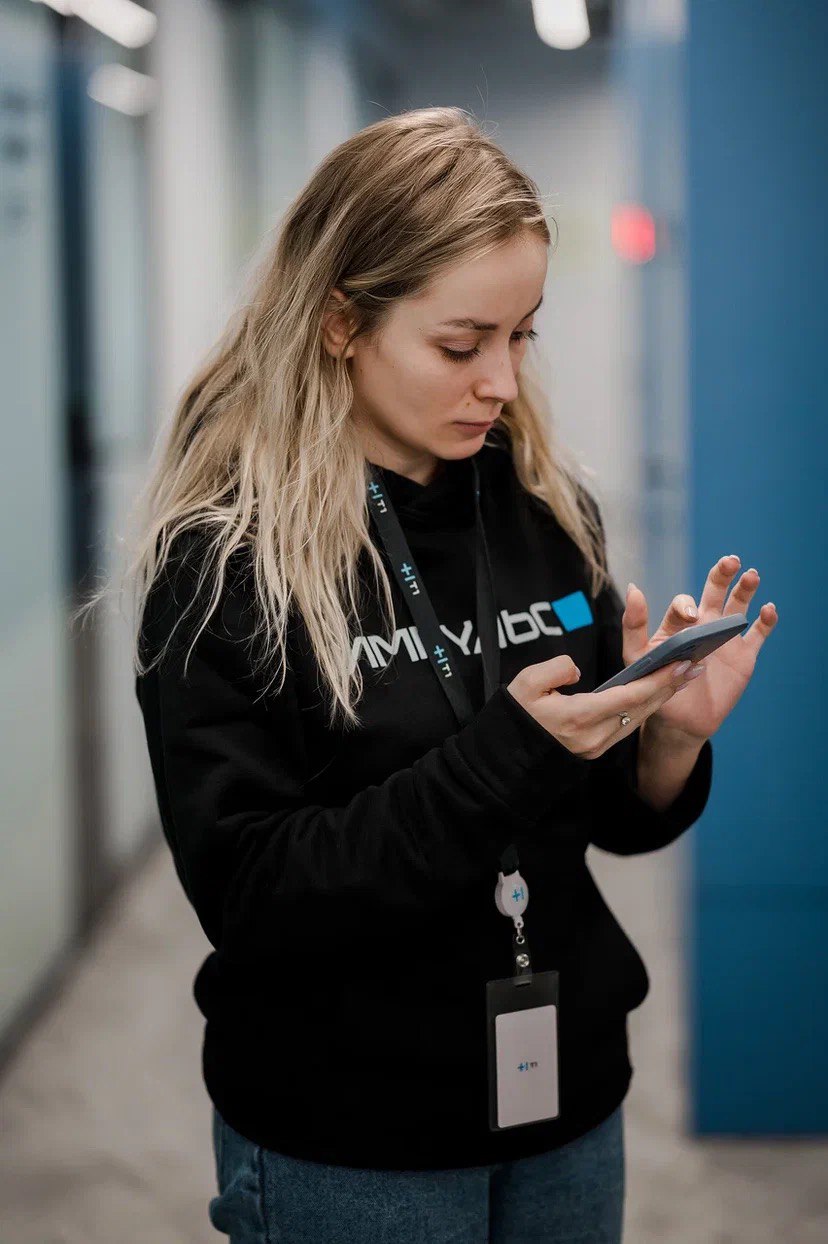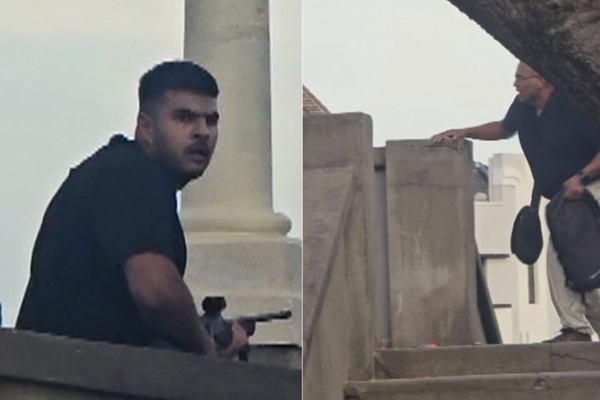In the business world, where stability is often seen as the highest virtue, there are professionals for whom the real challenge is chaos. Polina Semina – a strategist and COO with experience spanning IT, construction, and fintech in Russia and the U.S. – is one of them. Her career is a series of successful rescues of projects others considered hopeless. From optimizing processes in corporations with thousands of employees to launching multiple companies from scratch in the U.S., Polina has honed a unique method of turning dysfunction into a well-oiled system. We spoke with her about what drives her to seek the toughest challenges, how to save a company’s reputation on the brink of client fallout, and why human attention in a crisis is often more effective than financial injections.

Your career demonstrates phenomenal growth: your first experience at McDonald’s, where you progressed from intern to international-level manager in just a few months. What laid the foundation for such rapid advancement?
– I believe two principles were always at the core: proactivity and quick learning. I never limited myself to formal duties and always aimed to do more, mastering adjacent functions. I absorbed large amounts of information quickly, which allowed me first to become an instructor for new staff, and then a manager responsible for quality standards and operational processes. It wasn’t just career growth; it was developing an approach: immerse myself in the process, study it thoroughly, and start optimizing. This experience became my starting point in systematic management.
Your experience at Facilicom is particularly telling. You managed to rescue contracts with giants like Rosbank and Absolut Bank, which were on the verge of termination. How do you revive relationships when a client is extremely dissatisfied and even imposing penalties?
– We considered projects in crisis when satisfaction levels were below 50%. This meant a constant stream of complaints, not always constructive, and the threat of reduced payments. The first step in such situations is to go back to the source. We thoroughly reviewed all contract documentation to clearly understand the boundaries of our obligations. Often, dissatisfied clients start demanding things not covered by the agreement. Next, we completely changed the project management approach. I personally took control, we replaced the engineer with a more qualified specialist with strong technical and client skills. The most important change was response speed. We were ready to rush to the site at eleven o’clock at night to solve even the smallest problem. We showed maximum attention, acted proactively, and demonstrated complete involvement. As a result, within a few months, satisfaction ratings for these projects reached 99–100%, and financial penalties stopped.
You moved from “firefighting” to building preventive systems. At Facilicom, you created an internal management system, and at Pridex Construction, your work on company culture led to a 40% increase in team satisfaction. How are operational efficiency and workplace atmosphere connected?
– They’re not just connected; they directly define each other. The system I built at Facilicom arose from the need to solve an accounts receivable problem. I developed a dashboard with complete information for each client: payment status, deadlines, signed documents, satisfaction level. This allowed us to organize financial flows and communication. At Pridex, the situation was different. Working on construction sites during the pandemic was extremely stressful, with high burnout risk. Financial incentives were limited due to the crisis, so I focused on the human factor. Simple acts of care—covering for a colleague under pressure, ordering lunch, organizing informal Friday meetings. I held one-on-one meetings to understand employees’ needs beyond money: recognition, task variety, opportunities for development. This significantly reduced staff turnover because people felt valued. An efficient system doesn’t work without motivated people, and people cannot be motivated in chaos.
At IT holding T1, you led the creation from scratch of an administrative and analytical department that grew to 100 people. What were the challenges at such a scale?
– It was a unique experience. I joined a department with just seven people. We went from reorganization and opening a new office from scratch to building a large structure. My department became the operational support center for the entire Learning & Development division: handling document flow, budgeting, analytics, developing and monitoring metrics. For example, we fully coordinated the budget and prepared it for approval. One of my initiatives was the “Help Window” – a daily 15-minute online meeting where any employee could ask questions and receive guidance. This streamlined requests to me as a manager and reduced time spent on operational issues.
It seems stability is synonymous with boredom for you. Do you deliberately seek projects on the brink of collapse?
– That’s exactly right. I go where the crisis is. When I feel I’ve hit a ceiling, when all processes are streamlined and functioning like a perfect mechanism, I get bored. At T1, I could have become COO of a large department, but I realized I had given the company everything I could and built everything I wanted. I’m drawn to the process of transforming chaos into order. It requires maximum focus, unconventional solutions, and full dedication. In such conditions, I feel I realize my potential 100%.
After moving to the U.S., you applied this approach in a completely new environment, taking over three companies simultaneously. How did your methods adapt to the American market?
– The foundation remained the same: systematic approach and attention to detail. I created a single operational center for three independent companies in a similar niche. We standardized client management, documentation, and reporting, but adapted to the individual requirements of each owner. Attention to each entity is crucial. If I notice a tool is inefficient, we immediately replace it with a better one. I’m very proud that these companies, created by people without prior business experience abroad, reached net profits of tens of thousands of dollars in just three months. It proves that a systematic approach works in any cultural and economic environment.
Your current project, Gmotion, is no longer a rescue mission but a creation from scratch. What is your global goal?
– Gmotion is a new stage. We aim to change the technological landscape in the U.S. The company’s mission is to produce high-tech motion platforms and simulators for VR, esports, aviation, and even the film industry. Our advantage is that we handle production and service ourselves, unlike competitors who only resell equipment. Currently, we’re raising investments. I prepared a business plan to open a $1.32 million VR racing center in Los Angeles. It will be both a profitable business and a showroom for our technologies. My goal is to build an international company with multimillion-dollar turnover that brings real value to people worldwide. It’s an ambitious challenge, and that’s why it excites me.







